Croatia Floods: Worst Seems to be Over, Situation Under Control
May 18, 2023 - The fight against the Croatia floods is ongoing, but the situation seems to be under control. During the night, it was the most difficult in Karlovac and Hrvatska Kostajnica, where a state of emergency is in effect for the rivers Korana, Kupa, and Una, said Tomislav Novosel from the Main Center for Flood Defense in Croatia.
As Index writes, prime Minister Andrej Plenković will visit Karlovac and hold a working meeting with ministers, the local community, and competent services on further activities of all components of the homeland security and civil protection system to help the population and prevent damage due to rising water levels. After the meeting, the Civil Protection Headquarters will make statements to the media and tour the surrounding areas.
The Directorate of Civil Protection announced last night that the situation in Karlovac County is serious but under control. All services are constantly on the ground, building embankments, filling additional sandbags, and distributing them to threatened areas.
The peak of the water wave was around midnight for Kupa and Korana and around 10, 11 pm for Una.
The wave in Karlovac reached 840 cm in 2 hours, the third-largest water wave since 1926. The first one was in 1939, only about 20 cm higher than this one. The Una reached 499 cm in Hrvatska Kostajnica; it is currently declining and has dropped by about 20 cm compared to midnight and its highest water wave, Novosel told Hrvatski radio.
"In the next 24 hours, we expect Kupa and Korana in Karlovac to drop by about half a meter. The weather is calming down today and tomorrow, which will help the situation to calm down on the field as well", he added.
The water level is decreasing in Hrvatska Kostajnica
The mayor of Hrvatska Kostajnica, Dalibor Bišćan, said that the water levels in the area are somewhat decreasing, but not the bypass waters, and they continue to work.
"After the extraordinary measures, there was a state of emergency caused by the high water levels, seepage through the ground, and bypass water that came into the streets, but what we successfully did in the fight itself was to reduce the water level in the streets compared to the water level in the river Una," said Bišćan for Croatian Radio.
Throughout the night, crews from volunteer firefighting companies, the Croatian Army, and subcontractors of Croatian Waters worked on replenishment, that is, monitoring the operation of the pumps themselves. At the moment, we have a slight decrease in the water level, he added.
We can say, pointed out Bišćan, "there is no tendency for these bypass waters to decrease, so we continue to work so that there is no increase again in the streets because we see that heavy rainfall causes a slight accumulation, that is, seepage, and a further inflow of water, only not from the river, but from the surrounding hills or higher terrain," said the mayor of Hrvatska Kostajnica.
He noted that he hopes the worst is over but added, "This is still half a meter higher than the situation that we can call extraordinary measures, so we have several days of fighting and maintenance ahead of us because the drop is 1 cm".
For more, make sure to check out our dedicated News section.
Extreme Weather in Croatia Causes Problems Including Hail, Floods
May 16, 2023 - In recent days, extreme weather in Croatia has caused all sorts of problems. Storms and hail have destroyed buildings, including a kindergarten, and rivers have flooded entire towns. The rain is not expected to stop for the next seven to ten days either.
As Index writes, after 250 liters per square meter fell in just 24 hours, the water level of the Zrmanja River in Obrovac reached a historic 302 centimeters yesterday morning, which is 39 cm above the highest Zrmanja water level measured in that city. The water spilled onto the streets and made its way into the historic core. The situation is similar and also difficult in Gračac.
Meteorologists and Croatian Water authorities announced that today the situation is expected to become even more complicated, with more rain and the water levels of almost all rivers in Croatia rising.
"New forecasts from this morning indicated the possibility of large water waves in the Sava, Kupa, and Una rivers in the coming days. Very high water levels of the Kupa River are expected in the Karlovac, Petrinja and Sisak areas, and especially of the Una River in the Kostajnica area. The maximum water levels of the Kupa River in Karlovac and Una in Hrvatska Kostajnica are expected during Wednesday, May 17, 2023, at levels similar to December 2022. From the direction of Slovenia, the formation of a large water wave of the Sava River at a level of 1,800-2,000 m3/s is also expected on Wednesday, May 17. 2023", Croatian water authorities announced.
At least 59 houses were flooded in Gračac
Due to the configuration of the terrain, Gračac cannot defend itself with flood embankments because the water penetrates from the karst underground in many places and not from one direction.
The peak of the water wave in Karlovac and Hrvatska Kostajnica expected tomorrow
The Directorate of Civil Protection announced on Twitter that the maximum water levels of the Kupa River in Karlovac and the Una River in Hrvatska Kostajnica are expected on Wednesday, May 17, 2023. In addition, they warn that the formation of a large water wave of the Sava River is also expected from the direction of Slovenia.
Obrovac waterfront flooded
In Obrovac, the waterfront that was flooded. It was ceremonially opened 15 years ago by the then Minister of the Sea, Transport, and Infrastructure Božidar Kalmeta, who emphasized that it would ensure the town of Obrovac be safe from floods.
150 soldiers helping preparations for floods in Banovina as well
Around 150 members of the Croatian Army with the corresponding material resources are engaged in preparations for flood defense in parts of Sisak-Moslavina County - 100 soldiers in the area of Nova Drenčina and 50 soldiers in the area of Hrvatska Kostajnica.
Firefighters: interventions all around Croatia
A total of 226 different fire interventions were recorded in Croatia on May 14 and 15, involving a total of 735 firefighters with 275 fire engines.
By 5:00 p.m. in Zadar County, 47 technical interventions caused by storms were recorded through the Fire Intervention Management (UVI) application, which related to the pumping out of the water from buildings, the flooding of roads and yards, and in which 92 firefighters, with 51 vehicles participated.
During the evening and night near Gračac, there were 25 firefighters with eight vehicles from JVP, DVD Gračac, DVD Pakoštane-Vrgada-Vrana, and DVD Sv. Filip i Jakov and JVP Pag and the Intervention fire brigade Zadar with pumps, while in the area of Obrovac, 23 firefighters with six vehicles intervened.
Plenković: Big threats and challenges in the coming days
Prime Minister and HDZ president Andrej Plenković made a statement to the media after the session of the HDZ presidency.
He said they contacted Virovitica-Podravina, Zadar, Lika-Senj, and Karlovac counties. "All services are on the ground, including civil protection, police, and HV, to help defend against floods. The situation in Zadar County, in Obrovac and Gračac, is difficult," he stated.
"Unfortunately, the water is also expected to rise in other regions. There will be great threats and challenges in the coming days," the prime minister warned. He promised that the government would help repair the damage.
For more, make sure to check out our dedicated News section.
Weather in Croatia: Beast From the East Bringing Sudden Temperature Drop
February 25, 2023 - The rapid change in the weather in Croatia is a consequence of the arrival of cold, unstable air from the north, pulled by an anticyclone stationed over Great Britain and a low-pressure cyclone developing over the Mediterranean Sea over the European mainland. Above the region is a boundary between cold air from the north and warm air from the south, rapidly moving in the form of a cold front from the northwest to the southeast.
As Poslovni / N1 report, with the passage of the cold front, cloudy, windy weather with rain, showers, and thunder is possible. On the night of Sunday, temperatures will drop noticeably; the rain will change to sleet and snow in the mountains. In the southern Adriatic, it will blow strongly from the south. In the afternoon, with a drop in temperature, a northeasterly wind will blow. On the night of Sunday in the northern Adriatic, a strong storm will move over the central Adriatic.
The morning air temperatures will be the highest day temperatures in most parts of the interior. Temperatures this morning were from 8 to 14, and the highest daily temperature on the Adriatic will be from 13 to 16 °C.
Noticeable drop in temperatures n the evening in the inland and the northern Adriatic region.
Tomorrow, on Sunday, it will be wintery, cloudy and windy with rain on the Adriatic, and snow and sleet in the inland with the formation of a snow cover.
Up to 20 cm of snow will fall in mountainous regions, and the wind will create gusts. In the northern and central Adriatic, a strong storm, and hurricane force winds in the coastal area of Velebit. In the southern Adriatic, strong to stormy jugo with heavy precipitation and thunderstorms. The jugo will turn to a storm in the afternoon and evening.
Morning air temperatures in the interior from -3 to 0, in mountainous areas around -4, in the northern and central Adriatic from 3 to 5, and in the southern and islands around 8. The highest daily temperatures in the inland from 0 to 3, and on the Adriatic from 5 to 8. With a strong wind, due to the high cooling index, it will feel up to 5 degrees lower in air temperature. All in all, a real bite of winter, a Beast from the East if you will.
Winter feeling from Monday. It will get colder, and in the first half of the week it will be cloudy with occasional rain, sleet and snow in the interior. A strong gale will blow in places on the Adriatic. Second part of the week will be cold, partly sunny with morning fog inland. Minimum air temperatures in the interior from -3 to 2, in mountainous regions around -6°C, on the Adriatic from 3 to 5°C.
The highest daily temperature in the interior will range from 2 to 5, in the mountainous regions around 0, and on the Adriatic from 6 to 10°C.
For more, make sure to check out our dedicated News section.
Storm Warning in Croatia Issued, as Coastal Weather Changes Violently
October 6, 2021 - As the country recedes from the summer season, in the Dalmatia and Gorski Kotar regions the weather appears to be less merciful, after a storm warning in Croatia was announced, with heavy thunder and rain to be expected. Through text messages, citizens are asked to be careful with electronic devices at home.
The climate in Croatia is truly enigmatic. Last week I was in Zagreb, and the presence of autumn was more than evident: thousands of orange leaves on the sidewalks, residents of the capital wearing long pants and jackets, and relatively low temperatures throughout the day. What do I find when I arrive in Split at the weekend? Blue skies, considerable heat, and people on the beaches. Almost a mirage of the previous months.
However, it seems that those impressions of the Adriatic summer are slowly disappearing, and it is that this week started gray and with strong winds on much of the coast. Worse still, today the day started with thunderous noises in the sky, and the DHMZ (the State Hydrometeorological Institute), has issued a storm warning in Croatia, and through the telephone operators in the country, has recommended citizens to be careful with electronics at home.
According to Net.hr, during the last evening, a significant change in the weather arrived in Croatia, which will bring with it a drop in temperature, heavy rain, and storms in the next few days. A thunderstorm is expected in the Adriatic area on Wednesday, which is why the State Hydrometeorological Institute issued an orange warning, while heavy rain will prevail on the mainland. A flood warning was also issued.
"Due to heavy rainfall expected today (October 6, 2021) in the northern Adriatic, Lika, Gorski Kotar and the interior of Dalmatia, and tomorrow (October 7, 2021) in central Croatia, Lika, Gorski Kotar, and the southern There is a possibility of torrential and urban floods in the Adriatic", warns the DHMZ.
Due to unfavorable weather conditions, Hrvatski Telekom also issued a warning to users in the coastal area: "A thunderstorm is expected in your area today. To protect your devices, we recommend that you unplug the telephone and power cables from the socket," reads their message.
If you want to learn more about the weather in Croatia, be sure to check out Total Croatia's guide here.
For more, make sure to check out our lifestyle section.
METMONIC Project: Updating Croatia Weather Tracking System
August 28, 2021 - The METMONIC Project aims to update and make the Croatian weather measuring network more efficient by 2023, providing many benefits for the country.
With the Croatian economy relying heavily on tourism and given that sunny days on the coast outshine the cultural and heritage offer of the country, meteorology, the science of predicting the weather, is vital during tourist season. But it is also vital for traffic, agriculture, and many more, so good weather measuring infrastructure is always a good investment.
In that light, the "Modernisation of the National Weather Observation Network in Croatia", also known as METMONIC, is a valuable project.
As explained by the Croatian Meteorological and Hydrological Service (DHMZ), METMONIC has a goal of establishing a modern and high-quality system of automatic surface meteorological stations, meteorological-oceanographic buoys, and remote measurement systems, including meteorological radars.
„In total, 450 modern automatic meteorological systems will provide traceable, reliable, high quality, and timely information on the state of the atmosphere and the sea throughout the territory of the Republic of Croatia. This will allow continuous monitoring of weather, climate, and climate change and will improve early-warnings of hazardous weather in order to support adaptation systems to climate change and natural disasters, thus providing direct support to sustainable development, increasing security, and preserving human lives and goods“, says DHMZ.
They add that upon reviewing the current meteorological network, they have recognized a need to increase the availability of measured climate variables and the analyses of climate conditions for „the needs of different economic branches and public activities“. Croatian national documents, such as the Strategic Plan of the Ministry of Environment and Energy from 2017 - 2019 (MZOE, 2016), Sixth National Communication, and First Biennial Report of the Republic of Croatia under the United Nations Framework Convention on Climate Change (UNFCCC) (NN 18/2014), as well as the Law on National Spatial Data Infrastructure (NN 56/13), also recognized the issues that METMONIC can fix.
Development of human, technical, and scientific capacities, improvement of early warnings to severe weather and natural disasters, developing products tailored to users' needs to achieve sustainable development, and increased international exchange of information are the end-product of the project.
„Current and archived data will be publicly available on the DHMZ website and will serve research institutions, non-governmental organizations, and interested users, especially in the research related to climate change and its impact on vulnerable sectors“, promises DHMZ.
METMONIC started in October 2017, and it is predicted to be completed by June 30, 2023. The project's total estimated value is €45.251.908,75 and is led by Stjepan Ivatek-Šahdan and his deputy, Vesna Đuričić.
From the first weather station in Hvar to the current network of warning systems, forecast models, and laboratories, the METMONIC will hopefully bring further development to the respected, exciting, and challenging scientific field of meteorology.
Learn more about Croatian inventions & discoveries: from Tesla to Rimac on our TC page.
For more about science in Croatia, follow TCN's dedicated page.
Yellow Warnings and Recommendations - New Croatian Heatwave Starts Today
28 June, 2021 – After a brief period of somewhat pleasant temperatures, today marks the beginning of yet another new Croatian heatwave.
The weather was rather cool throughout spring, however, it seems summer is back, and with a vengeance. After one stifling heatwave ran its course last week, leaving many feeling the effects of exposure to sun, a new Croatian heatwave is now upon us.
Croatian meteorologists are now warning of a new Croatian heatwave beginning today. According to HRT, it will supposedly reach its highest temperature during the middle of this week. Heat waves aren't particularly unusual in Croatia, but this year they seem to be starting earlier than normal. In addition, the fact they were preceded by cooler than usual May weather makes their impact seem even more dramatic.
Yellow Warning
A weather alarm is in place across Croatia for this week with what is known as Yellow Warning in effect for some regions. More precisely, for Kvarner area, Central Croatia and the Dubrovnik area. Temperatures will rise in the upper thirties with daily highs in certain areas potentially reaching 38°C. Recommendations are to keep out of the sun and consume plenty of water. Of course, sunscreen is always a good idea should you really need to be out in it.
Interestingly, there is also a warning from HAK as well. They are instructing drivers to start longer drives early in the morning or through the night. It would be smart to avoid driving during the hottest parts of the day as a new Croatian heatwave bites. It is also important to remember to stay very well hydrated and use air-conditioning when in the car. Unfortunately, this year we saw a tragic event involving a child being left in a car as the sun beat down on the vehicle, ending with deadly consequences. As such warnings against leaving children or animals in cars for even a few minutes are also useful to remind ourselves of regularly.
Regardless of whether you're going to the beach to enjoy your holiday or you're working outdoors, make sure to keep track of the weather warnings this week as a new Croatian heatwave holds us in its grip. Be especially cautious when organising trips within Croatia, and of course – make sure to stay hydrated at all times.
For more on travel in Croatia, follow TCN's dedicated page.
Goodbye Croatia's Snow - Country This Week to Bask in 15°-17° Temperatures
February 3, 2021 – Hikers and walkers who have been enjoying postcard-pretty panoramas of the country's blanketed landscape may struggle to catch similar scenes this weekend. Most of Croatia's snow is set to melt away throughout this week, with some parts of the country basking in daytime high temperatures of between 15° - 17°
While Croatia's snow has been the cause of some difficult travelling conditions over recent weeks, particularly by road, the pristine blanket of white left across the ground has proven to be an irresistible draw to those who like to get out-and-about. Beautiful photography has appeared of the country's nature and a landscape covered by Croatia's snow, and scenes of youngsters enjoying sledging and snowball fights – much more heart-warming than the chilly climes themselves.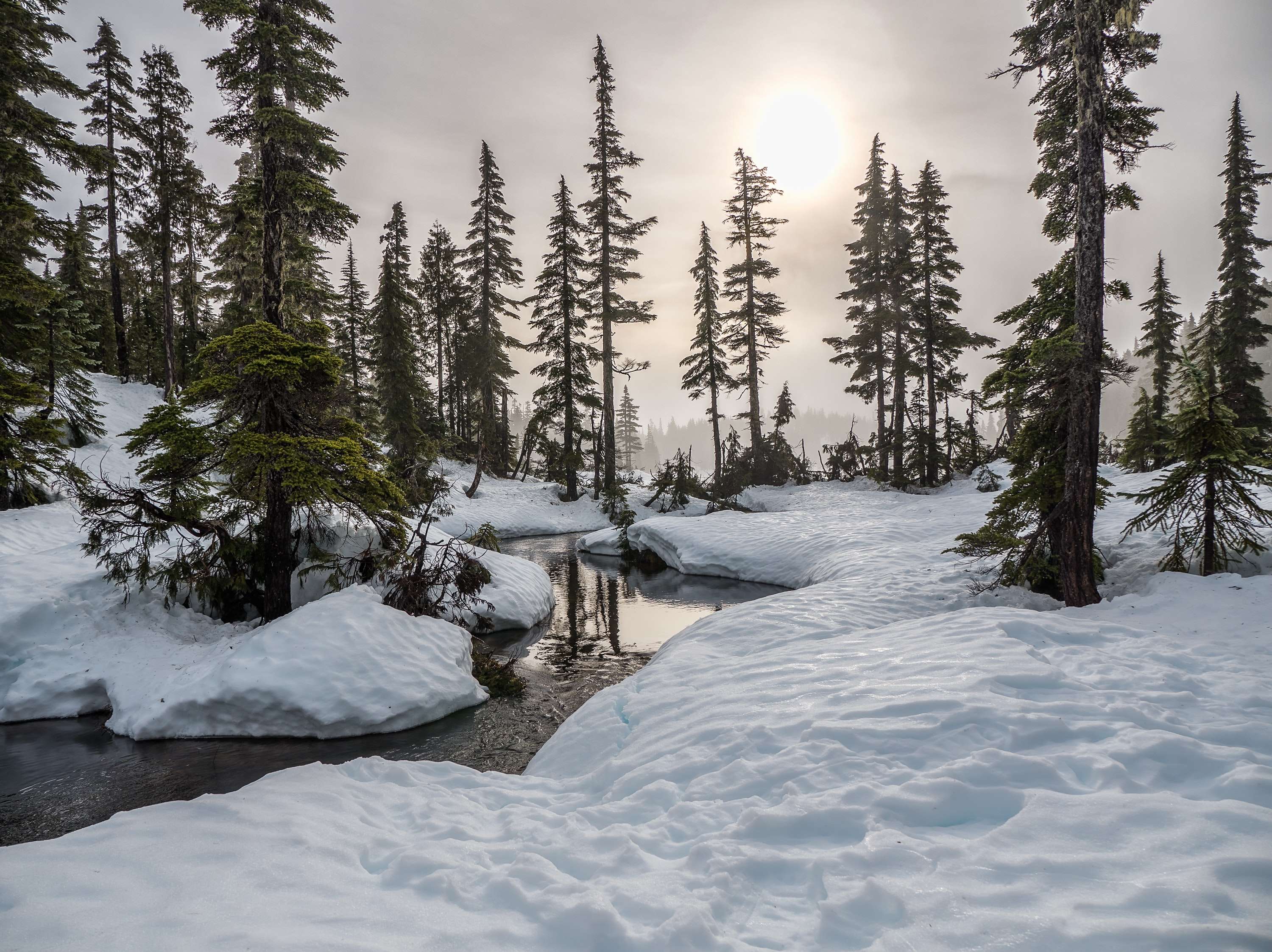
Most of the country will have to this week wave goodbye to the snowman still standing in the front garden as a rapid increase in temperatures is predicted to visit much of the country. Croatia's snow will struggle to survive unusually warm daytime highs of between 15° - 17°
An increasingly hot south wind will cause a rise in temperature even more pronounced than that experienced ten days ago, when Zagreb broke the date record for January 22 with a high of 15.7° C. In the second half of the week, temperatures are predicted to rise to 16°, in some places possibly closer to 20° C
The results of the rising temperatures may not be entirely pleasant – fog will persist in some areas during the mornings, with lower-lying continental areas most affected. Rain and cloud will accompany the temperature change elsewhere, further dwindling Croatia's snow.
The warmest areas should be the Dalmatian coast and islands, with a little frost still persisting in the Dalmatian hinterland. Rain is predicted in Kvarner for the weekend. It will be warmer and sporadically sunny on the mainland from Thursday, with an average morning temperature guessed to be between 5 to 8° C and daily temperatures of above 10° C. Moreover, on Saturday in central Croatia the temperature should probably rise to 17° C.
Those who are not yet ready to say goodbye to Croatia's snow needn't despair. Winter doesn't officially end until 20 March, so there's plenty of time left for another cold snap. And, existing snow will linger in mountainous areas for anyone wishing to go and take in the spectacular scenes. “Hajdemo u planine!”
Falling Snow Causes Treacherous Conditions on Croatian Roads
January 25, 2021 – Released images show falling snow is causing extremely difficult conditions on some Croatian roads, both motorways and state roads, with the mountainous regions of Lika and Gorski Kotar most affected
Any optimists living in Zagreb could be forgiven for thinking winter was over. Over a succession of two days last week they were basking in the relatively balmy daytime temperatures of 16 degrees. The sun shone brightly, the boots stayed indoors and lighter jackets were thrown on to visit the shops. Not everyone in Zagreb is an optimist, though. And those with an experience that is greater than their hope knew the reality of the situation; Croatia's winter can turn round at any moment to bite you in the ass.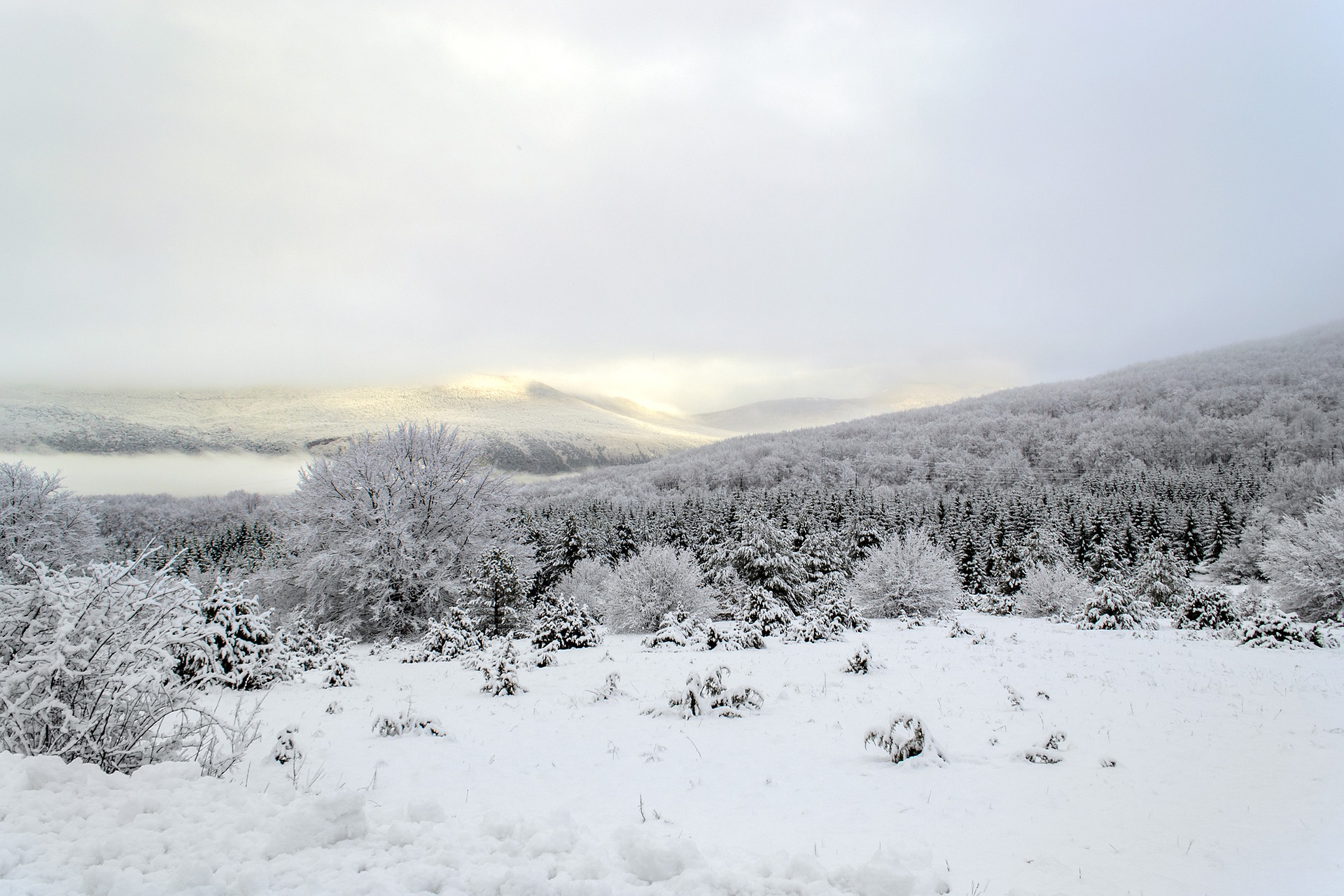 Snow covering the Lika region
Snow covering the Lika region
And that's exactly what happened this weekend, when falling snow produced treacherous driving conditions across a wide area of Croatia. On some motorways, a ban on trucks with trailers and tractors with semi-trailers is in place because of the continually falling snow. Another response to the falling snow has been to make winter vehicle equipment mandatory.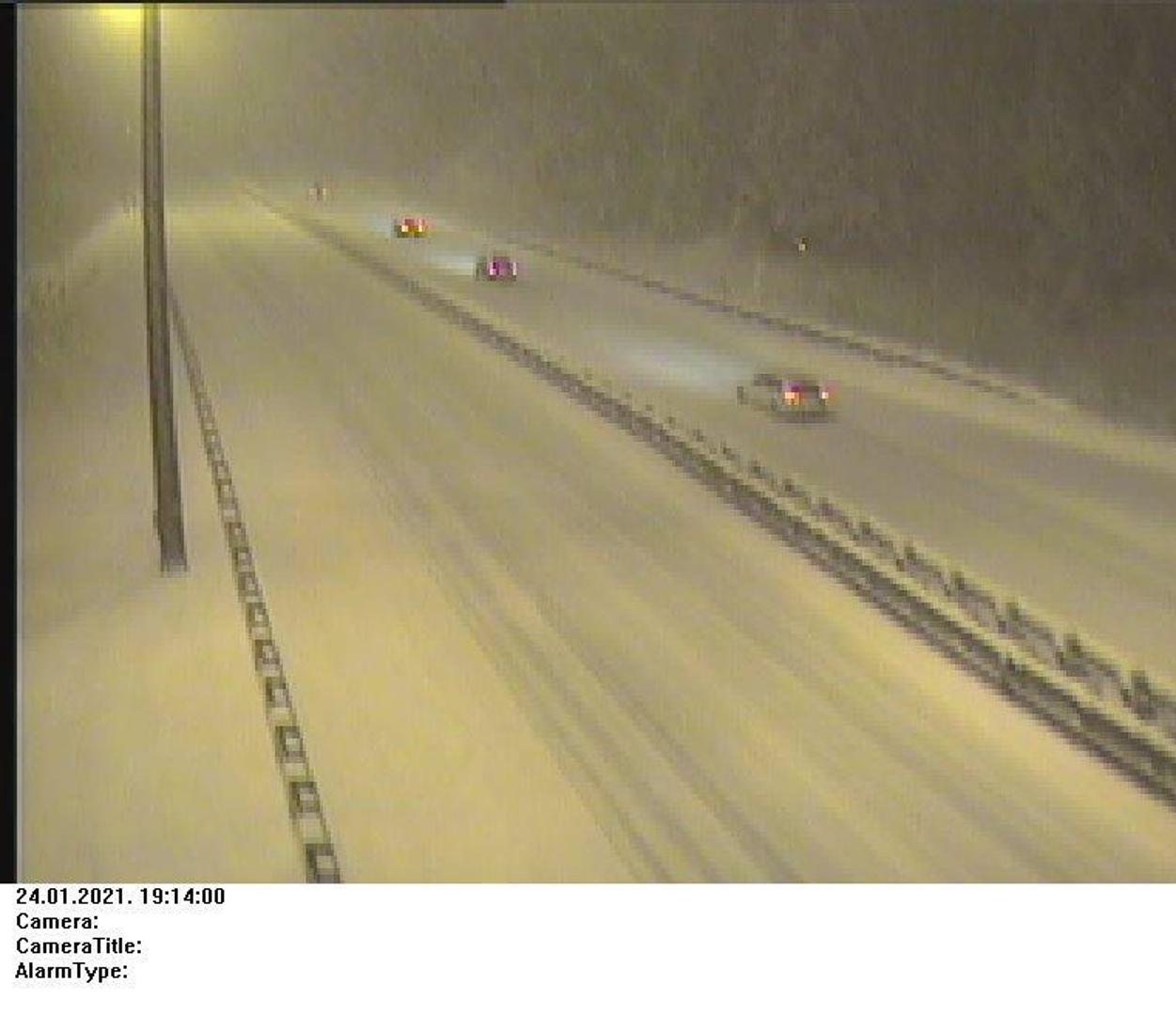 A thick layer of snow covers the road near Delnice at 19.14 on Sunday 24 January 2021 © HAK
A thick layer of snow covers the road near Delnice at 19.14 on Sunday 24 January 2021 © HAK
While the Croatian capital was experiencing its warm spell, falling snow continued to descend on more mountainous regions of the country, Lika and Gorski Kotar in particular. And it is those that remain most affected by the treacherous driving conditions. Hrvatske Autoceste (Croatian Motorways) are responding to the continuing weather conditions. But, they released pictures of one motorway section near Delnice which, even after plowing, was 30 minutes later again covered by the falling snow.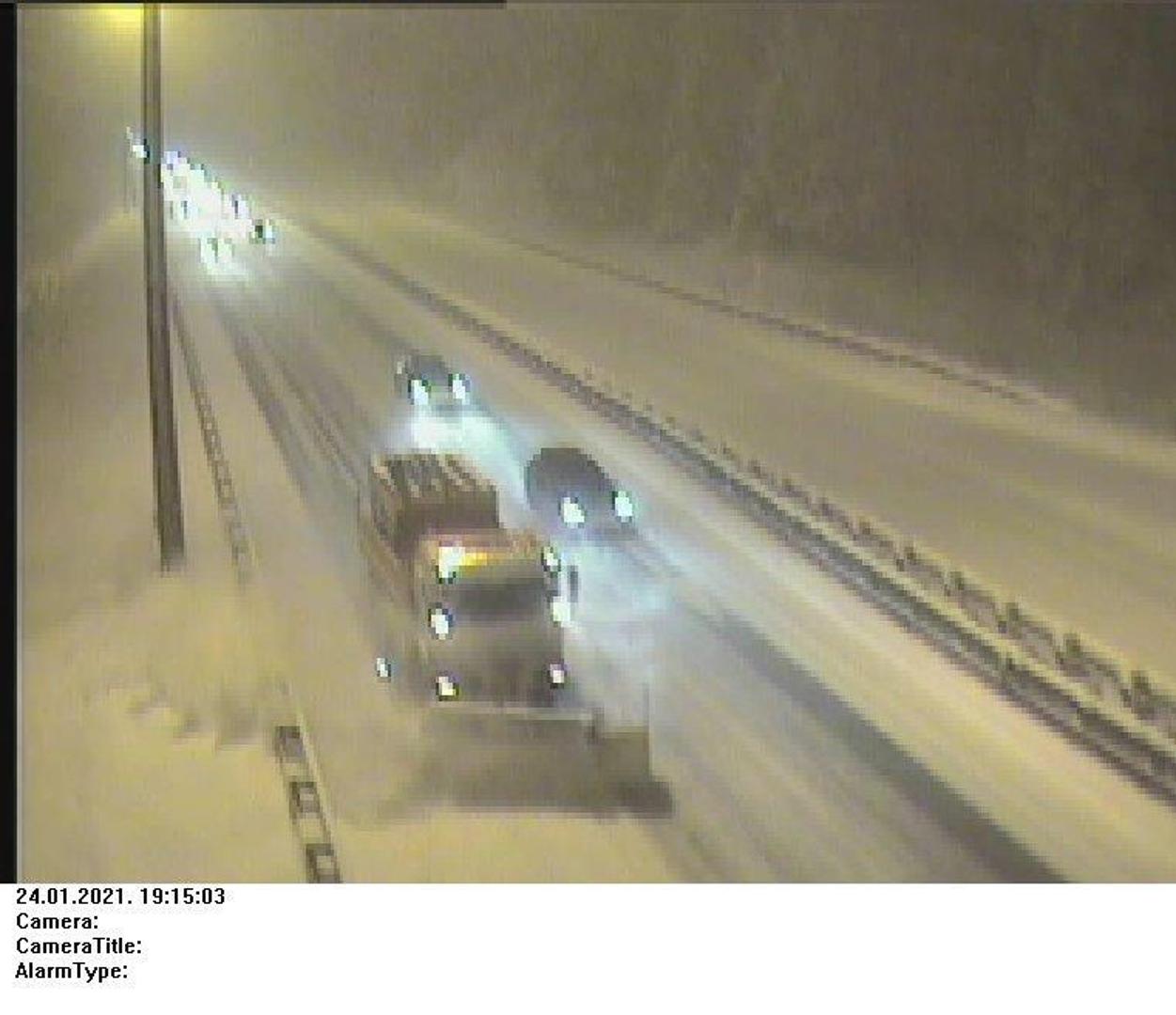 A snowplow arrives at 19.15 to clear the snow © HAK
A snowplow arrives at 19.15 to clear the snow © HAK
Thick falling snow and ice made it difficult to drive on the A6 Zagreb - Rijeka highway. The National Association of Drivers and Vehicle Owners (HAK) issued a series of warnings for the following routes: A1 Zagreb-Split-Ploče between the junctions of Bosiljevo II and Maslenica, A6 Rijeka-Zagreb between the junctions of Bosiljevo II and Kikovica, state road DC1 between Zagorje and Gračac and state road DC3 through Gorski Kotar between Zdihovo and Kikovica. By 19.45 the road is in the same state as before the snowplow arrived, because of continually falling snow © HAK
By 19.45 the road is in the same state as before the snowplow arrived, because of continually falling snow © HAK
HAK also reported that there is currently no passable road for trucks with trailers and tractors with semi-trailers from the direction of the continental interior towards Rijeka and Istria and Dalmatia and vice versa. The colder temperatures are expected to stick around for most of the early part of the week, although the skies may be clearer in some regions. Temperatures will rise again heading towards next weekend under an increasing cloud cover, but the chilly conditions might well bounce back towards the end of next weekend. Zagreb itself could even experience more snowfall at that time.
Cold Snap Might Make A Surprise Visit to Wintertime Croatia This Month
January 12, 2021 – Following a mild December 2020, truth be told, residents of the country were rather pleased to welcome the sight of snow falling on wintertime Croatia over recent days. Many headed into the mountains, like Sljeme and Ivanscica, taking advantage of the pristine blanket of crunchy white for selfies that appeared on social media all weekend. However, the novelty of the temperature drop and its postcard-pretty backdrop may well wear off soon if some meteorologists are to be believed.
Rising temperatures recorded high in the atmosphere above the Arctic are leading some to predict a sustained and considerable cold snap affecting the northern hemisphere towards the end of January, including wintertime Croatia. The wave of icy weather is even predicted to possibly reach the considerably cold conditions of wintertime Croatia 2014, when the same set of circumstances saw the temperature in Chicago drop to a remarkable minus 27. In wintertime Croatia it dropped below minus 10.
As reported by Bloomberg, the end of January could be particularly hard hit, with the cold weather reaching North America, Europe and Asian countries. Both of the previous two wintertime Croatia seasons (2018/2019 and 2019/202) have been comparatively mild. This cold snap, if it happens, could have you reaching for your hats and scarves despite the days having now gotten noticeably longer. Heaven help the youngsters still walking around with bare ankles and summer socks if it does bite.
In Paris, the temperature is currently 3.5 degrees Celsius lower than the average for this part of the year, in Madrid, it is 6.9 degrees colder than usual, and in Beijing, this winter's temperatures dropped to a record low - minus nine was measured there on Thursday.
Numerous meteorologists say that there are no guarantees that forecasts of such cold weather conditions could come true. Others say that, if it does happen, it will be north America that will be most affected. We might just have to wait and see what the weather Gods still hold in store for wintertime Croatia 2020/2021.
PHOTOS: Epic Croatia Weather Photography Stuns The World
December 20, 2020 – The 13 winners of the incredibly popular World Meteorological Organization annual competition have just been announced, and two fine pieces of Croatia weather photography are among them. These spectacular images of Croatia weather photography show all 9 Croatian photographs which reached the final in 2020 and all 10 Croatian finalists who similarly stunned the global audience in 2019
Croatia weather photography: the two newly announced winners from the 2020 competition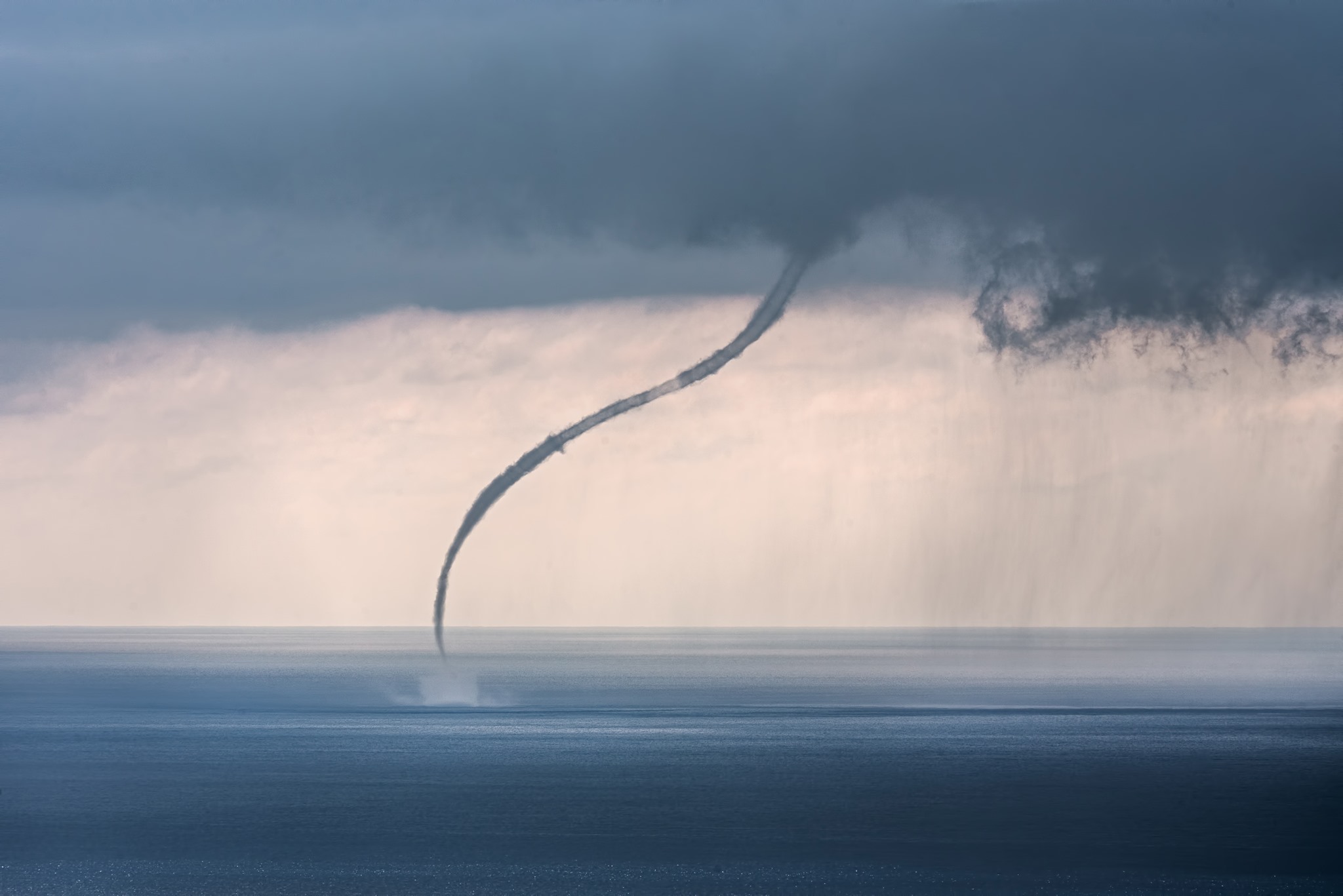 Photographer: Sandro Puncet Photo taken: Losinj island
Photographer: Sandro Puncet Photo taken: Losinj island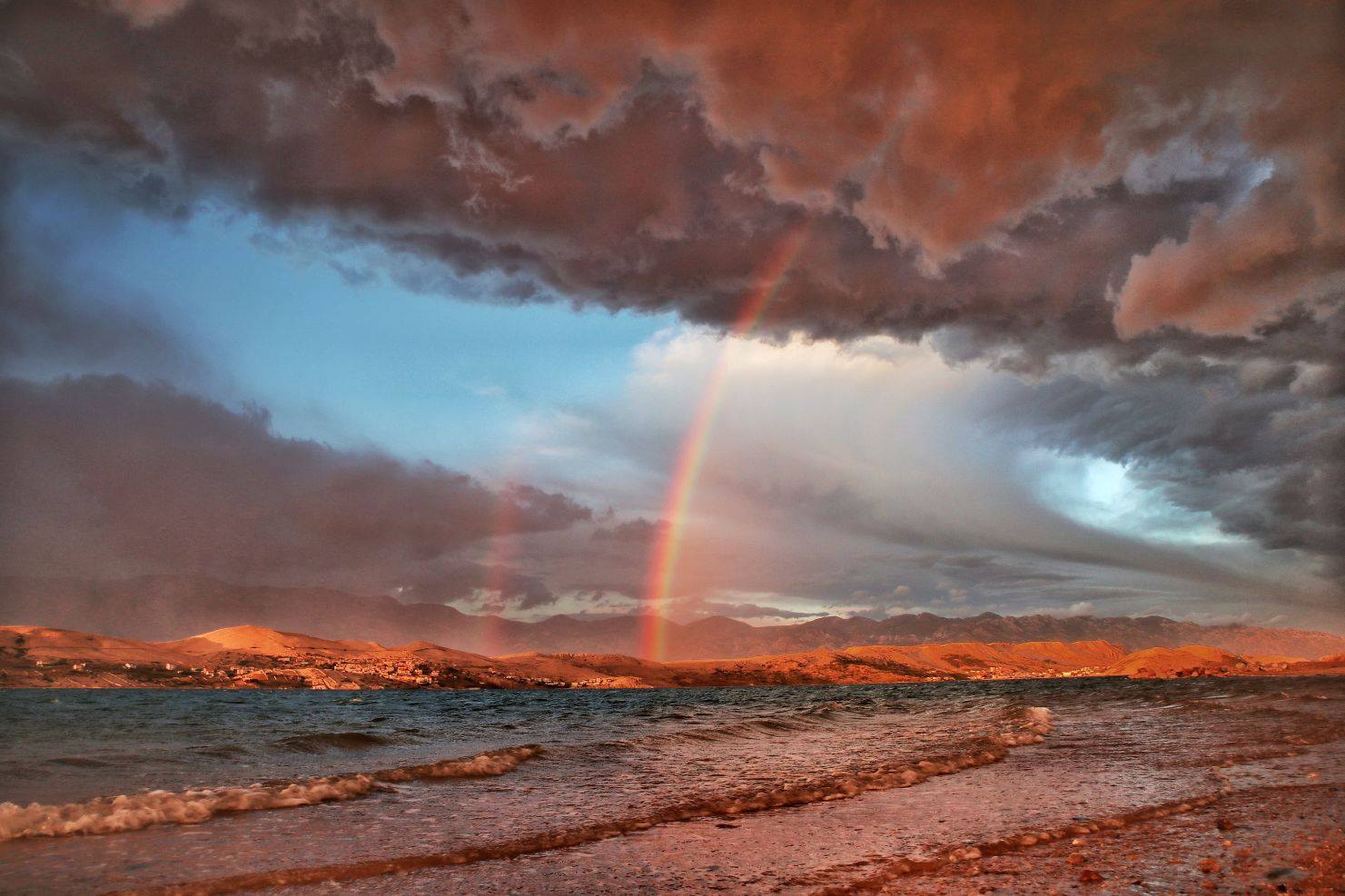 Photographer: Zrinka Balabanic Photo taken: Pag island
Photographer: Zrinka Balabanic Photo taken: Pag island
Thanks to its popularity as a tourist destination, lots of people are now used to seeing beautiful photos of Croatia. Although, the images they usually see are of idyllic beaches, cloudless skies, stunning nature and turquoise blue seas. But, as anyone who knows the country will tell you - and as these photos show - Croatia isn't always like that.
Croatia weather photography: the two newly announced runners-up from the 2020 competition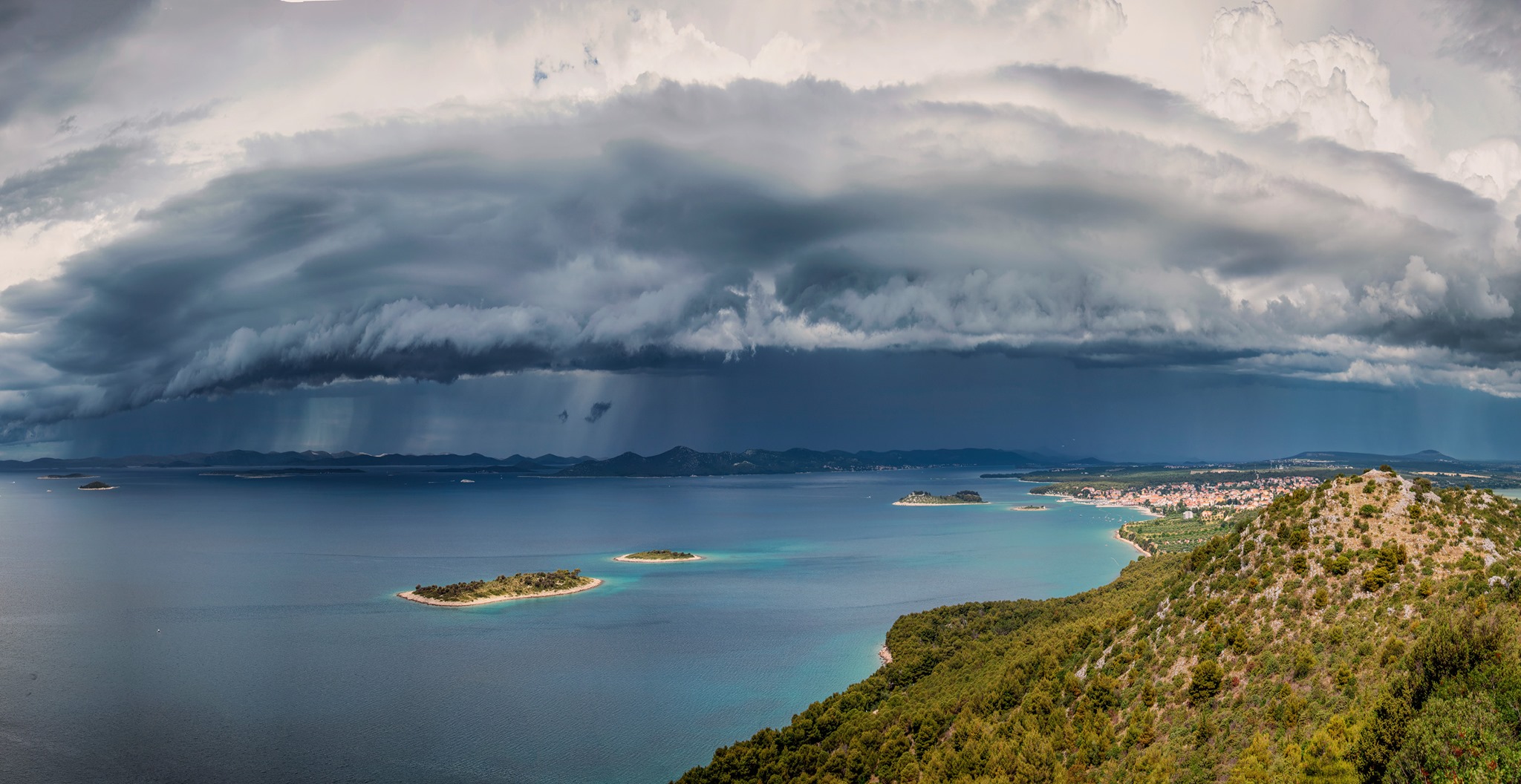 Photographer: Šime Barešić Photo taken: Drage, Pakostane
Photographer: Šime Barešić Photo taken: Drage, Pakostane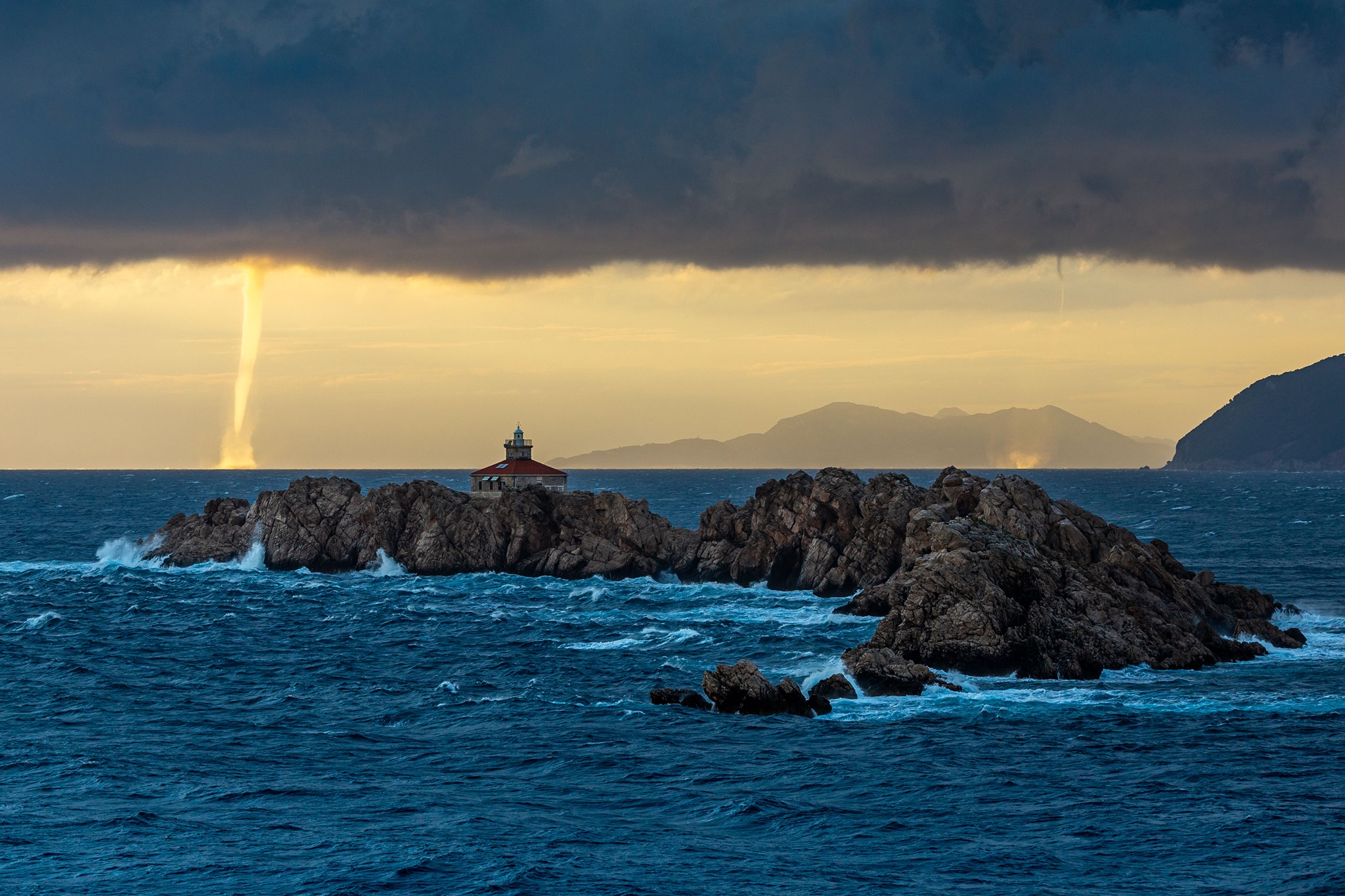 Photographer: Mislav Bilic Photo taken: Lapad Peninsula, Dubrovnik
Photographer: Mislav Bilic Photo taken: Lapad Peninsula, Dubrovnik
Out of season, Croatia can experience vastly different weather conditions to those advertised in travel brochures and blogs. And, whenever there's a spectacular weather occurrence, usually there's a photographer out there, braving the elements, trying to capture it.
Over recent years, some of the best Croatia weather photography has featured in the annual competition organised by the World Meteorological Organization. 2020 has been no different.
The other five Croatian finalists from the 2020 competition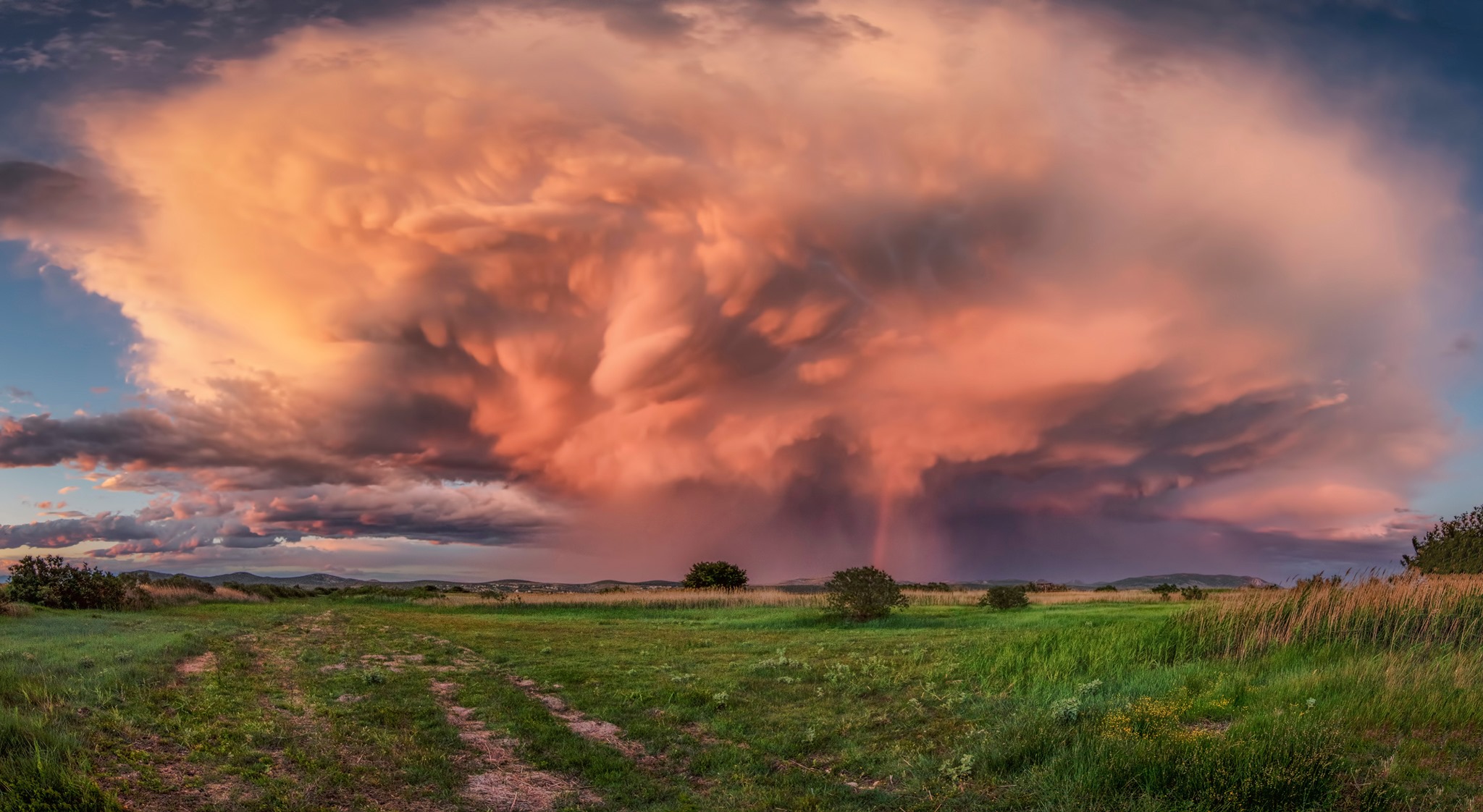 Photographer: Šime Barešić Photo taken: Drage, Pakostane
Photographer: Šime Barešić Photo taken: Drage, Pakostane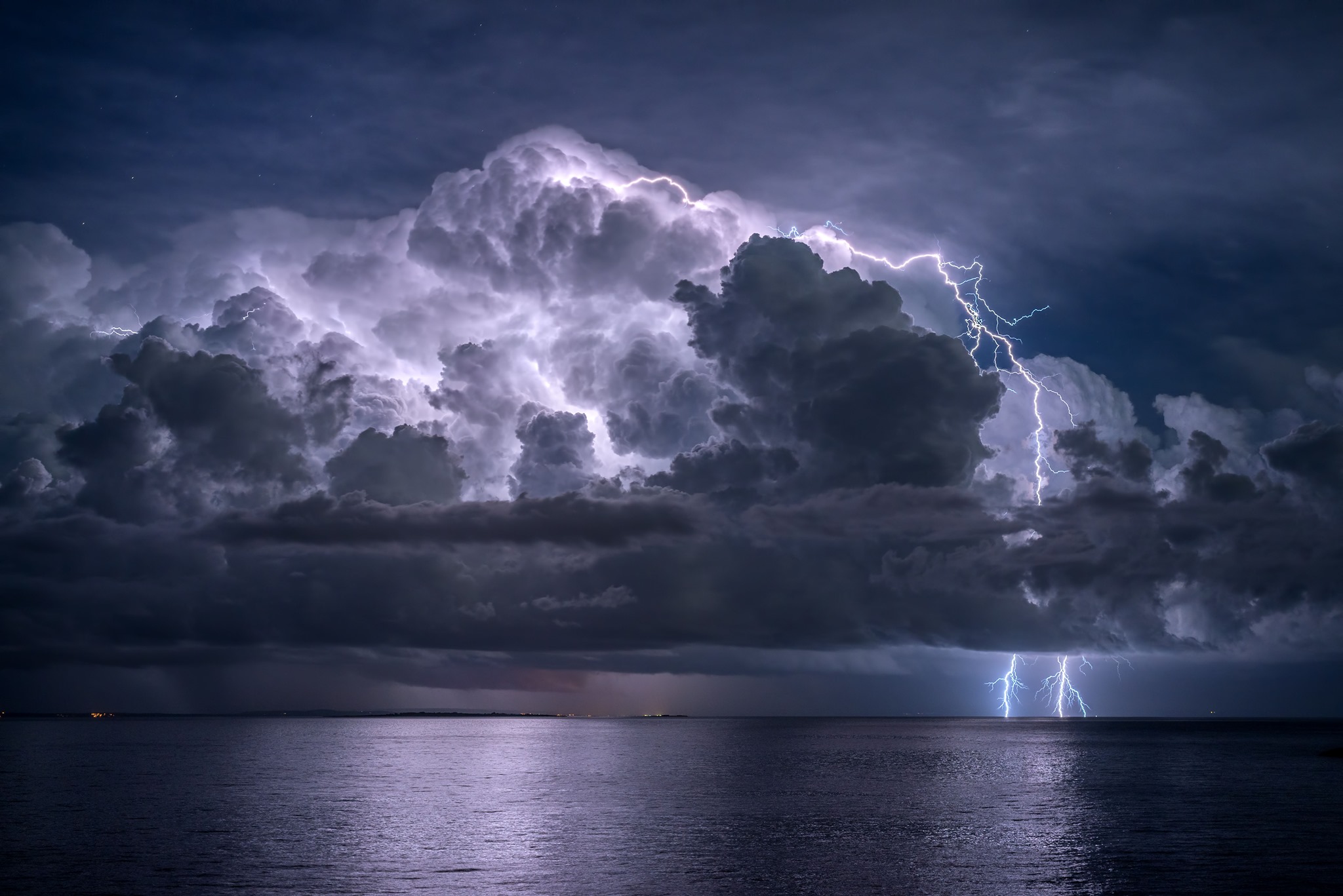 Photographer: Sandro Puncet Photo taken: Losinj island
Photographer: Sandro Puncet Photo taken: Losinj island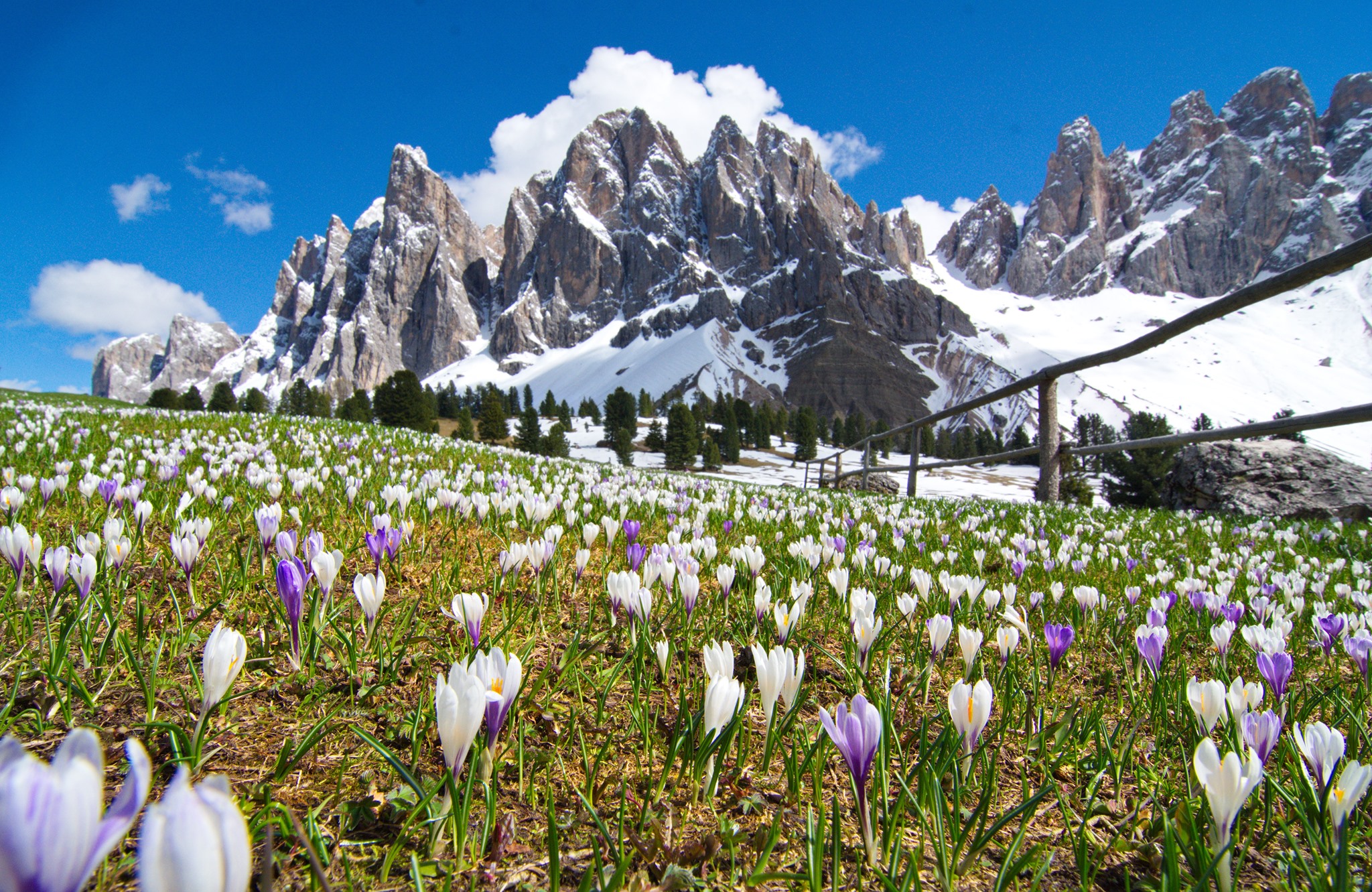 Photographer: Zoran Stanko Photo taken: Geisler Alm, Dolomites, Italy
Photographer: Zoran Stanko Photo taken: Geisler Alm, Dolomites, Italy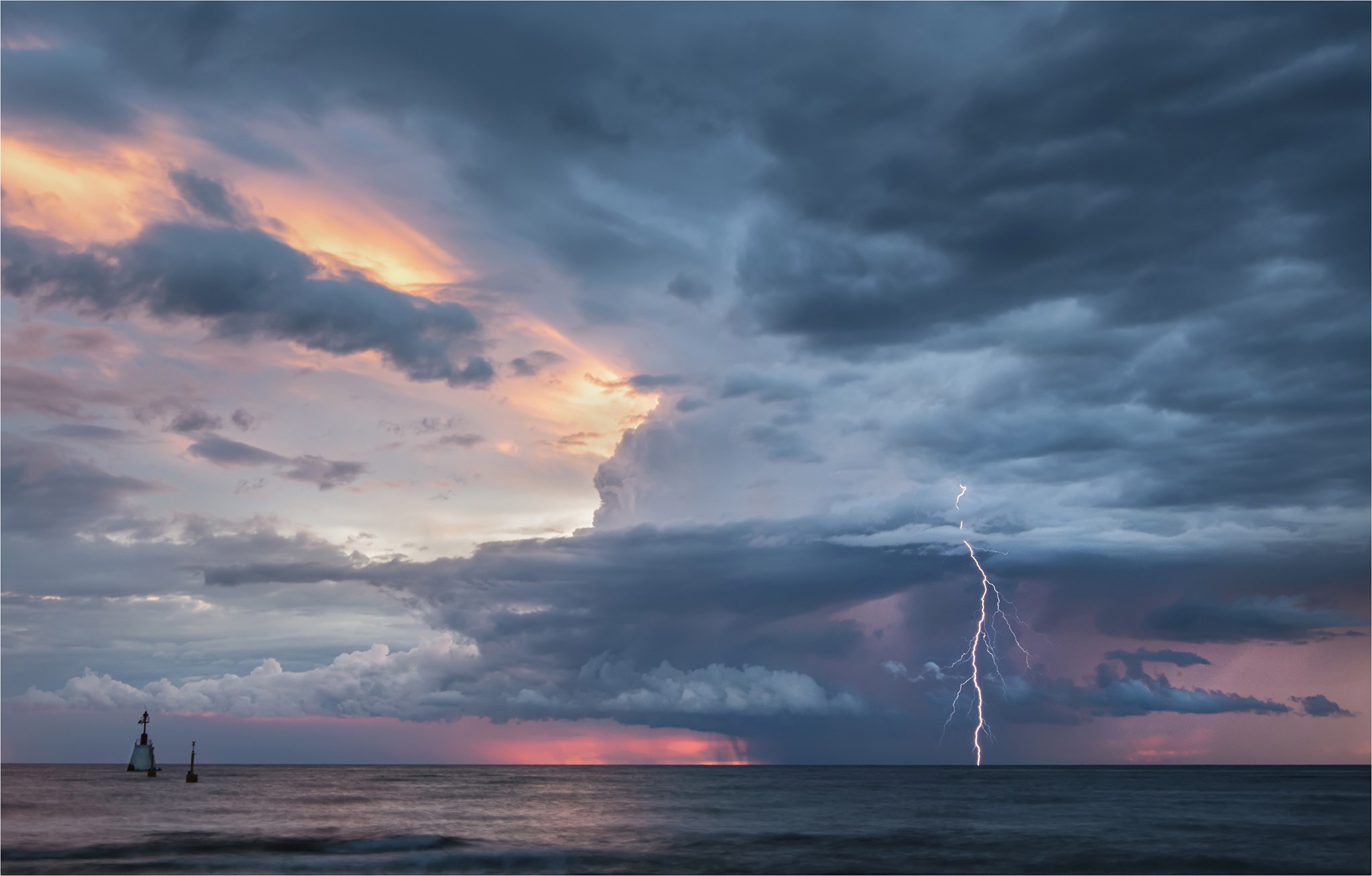 Photographer: Maja Kraljik Photo taken: Umag, Istria
Photographer: Maja Kraljik Photo taken: Umag, Istria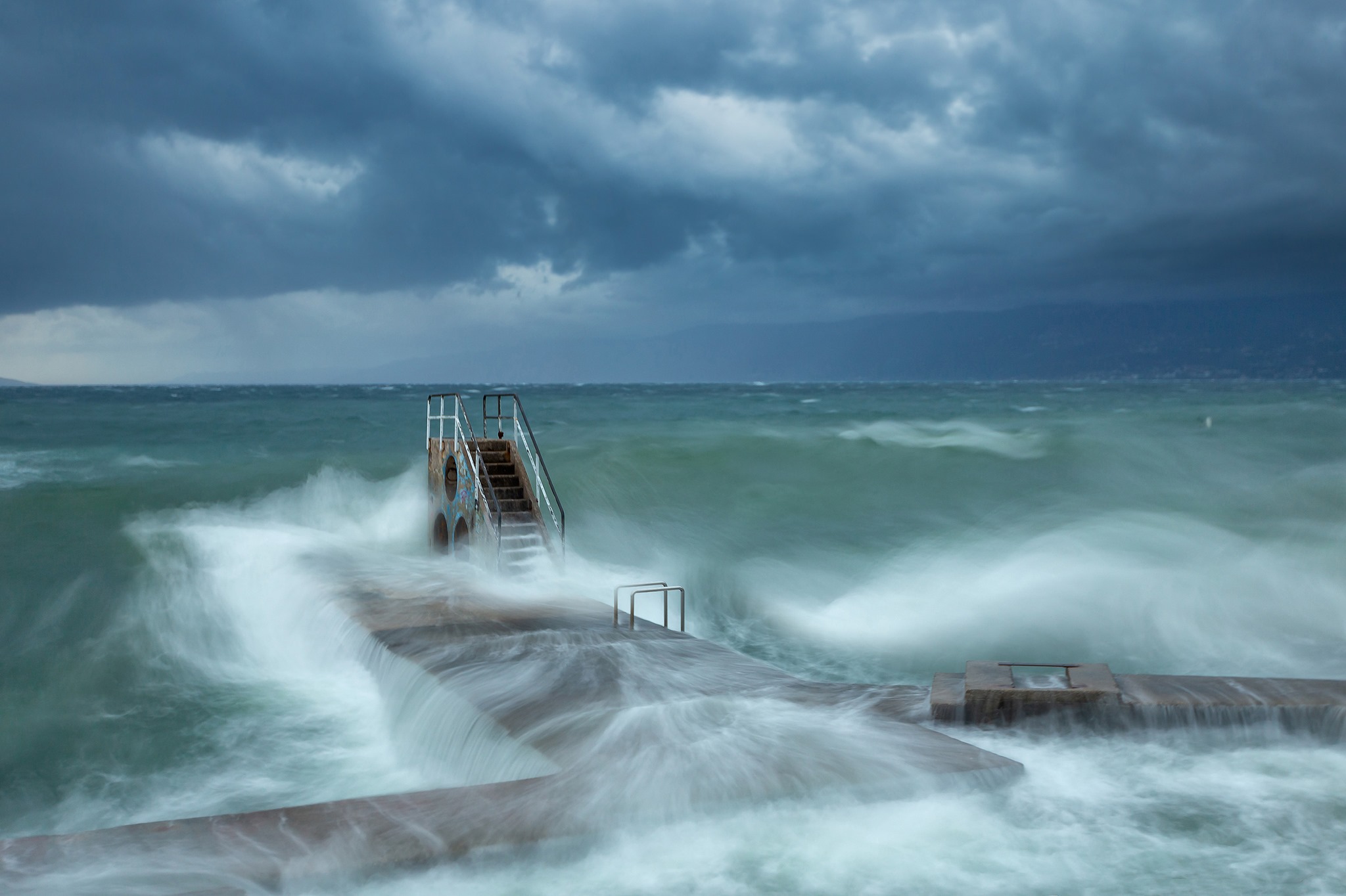 Photographer: Igor Popovic Photo taken: Rijeka
Photographer: Igor Popovic Photo taken: Rijeka
The winners of this year's competition have just been announced and the two fantastic examples of Croatia weather photography within the top 13 will take their place in the 2021 World Meteorological Organization calendar.
The 10 Croatian finalists from the 2019 competition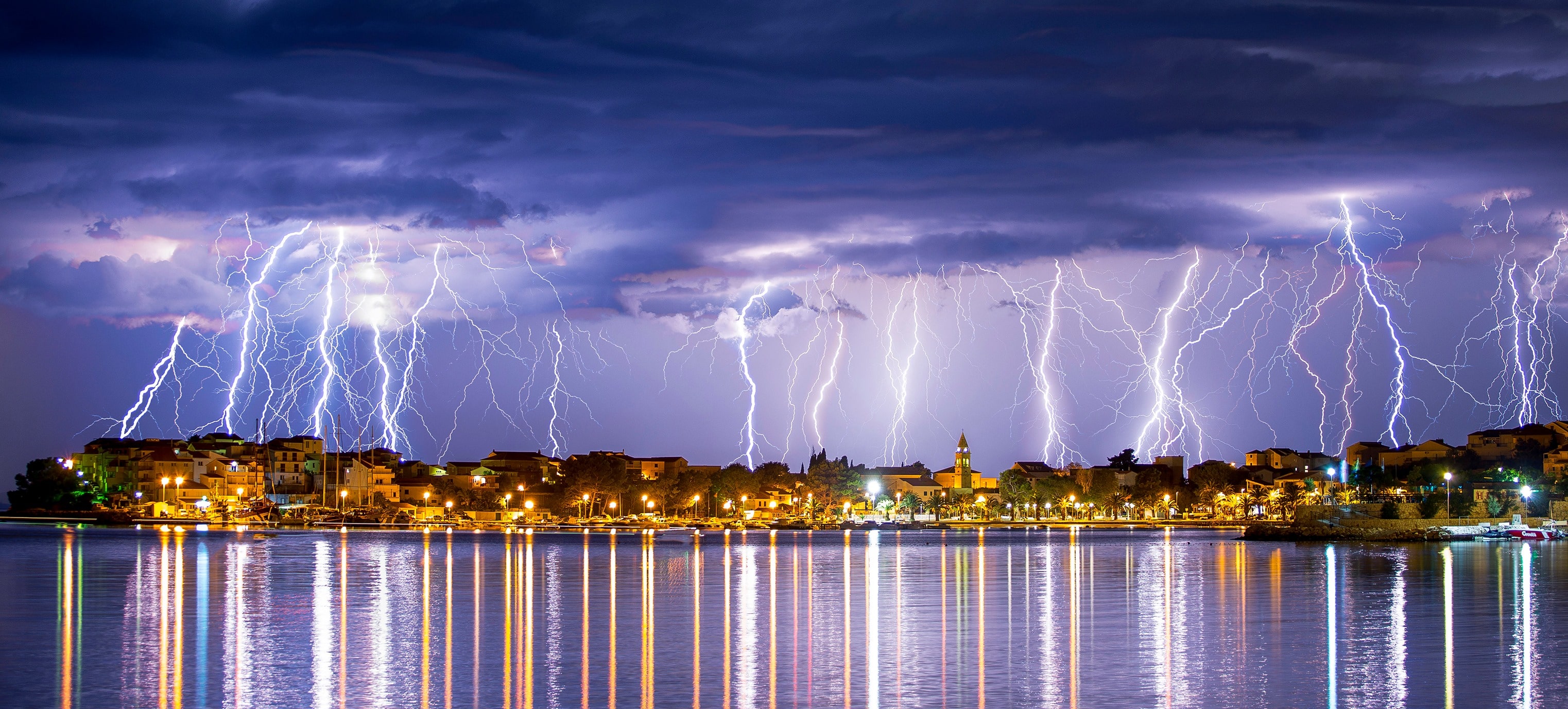 Photographer: Danica Sičič Photo taken: Srobreč, Dalmatia
Photographer: Danica Sičič Photo taken: Srobreč, Dalmatia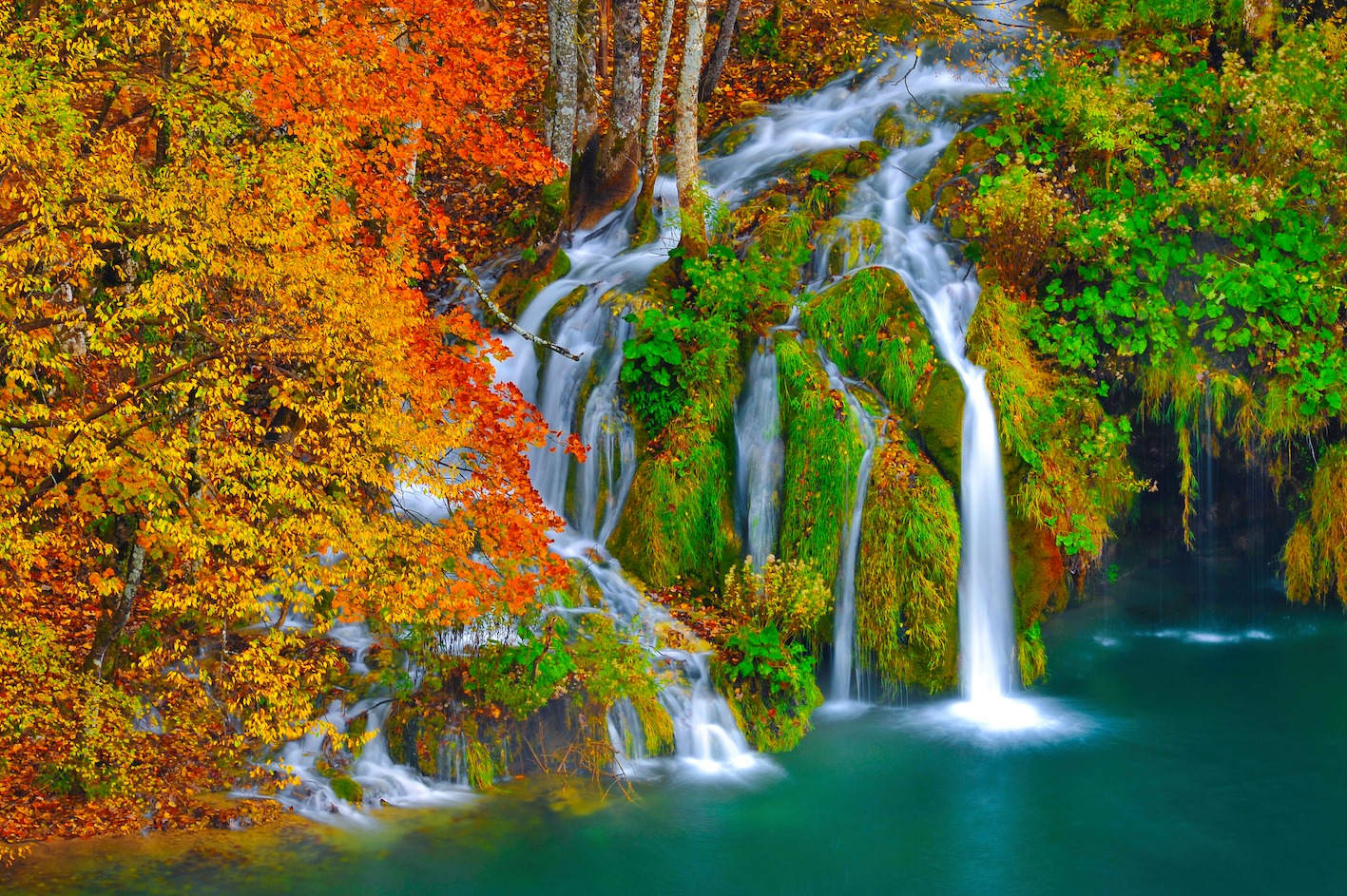 Photographer: Romeo Ibrišević Photo taken: Plitvice Lakes National Park
Photographer: Romeo Ibrišević Photo taken: Plitvice Lakes National Park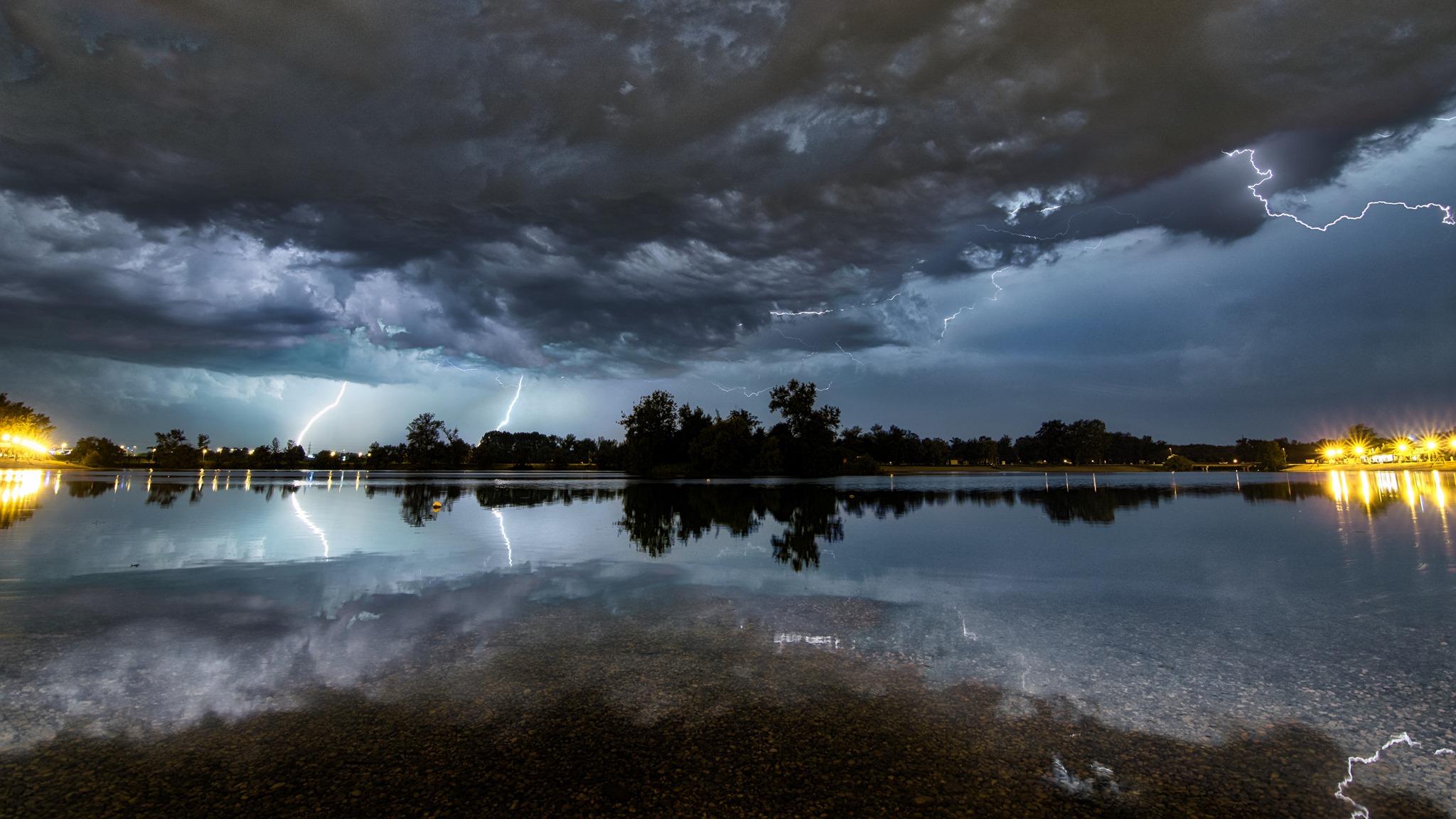 Photographer: Božan Štambuk Photo taken: Bundek park, Zagreb
Photographer: Božan Štambuk Photo taken: Bundek park, Zagreb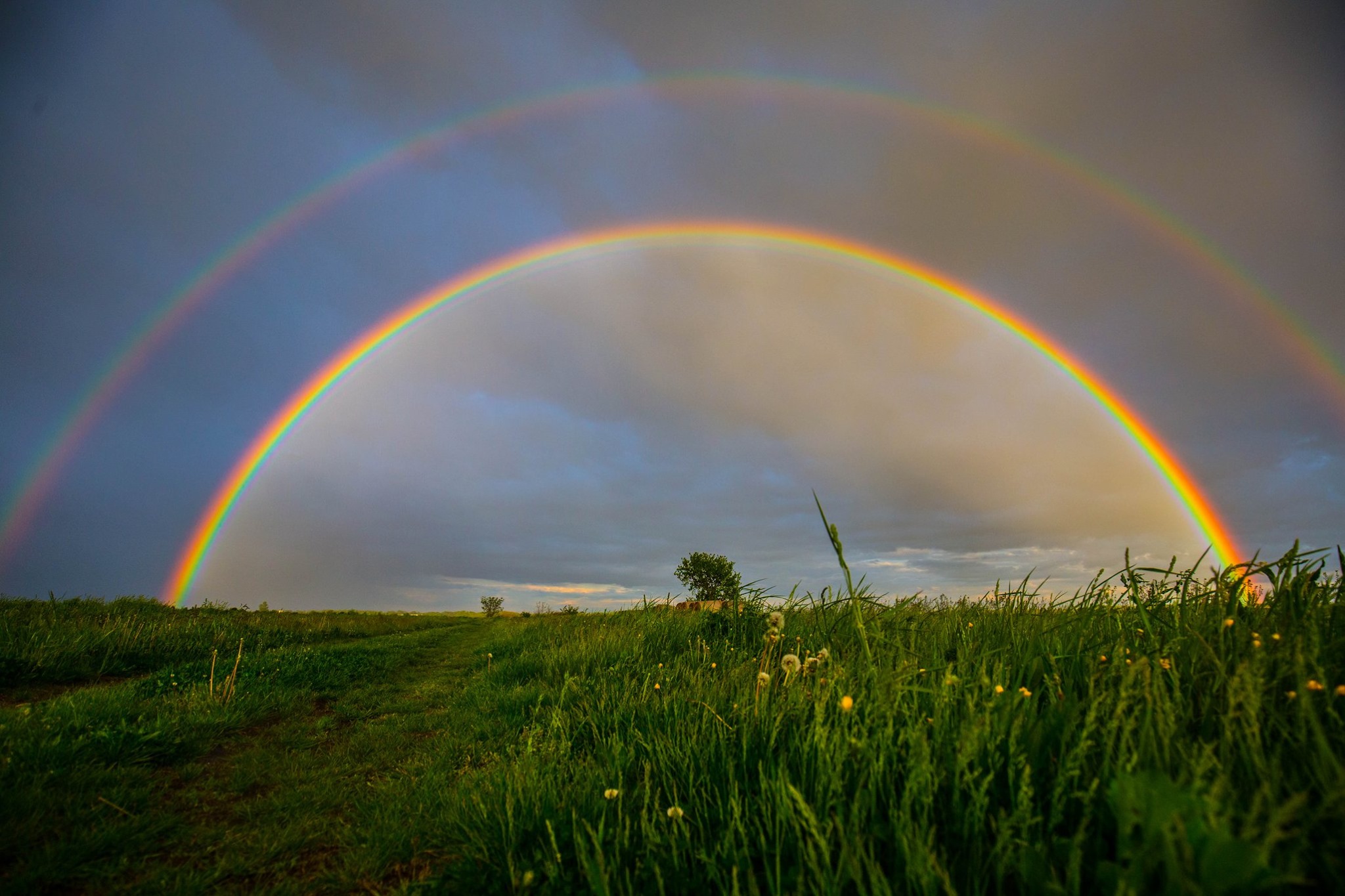 Photographer: Miroslava Novak Photo taken: Pribislavec, Međimurje
Photographer: Miroslava Novak Photo taken: Pribislavec, Međimurje
As well as the two winners, two further examples of Croatia weather photography came in the runner-up category, of which there were 12 in total.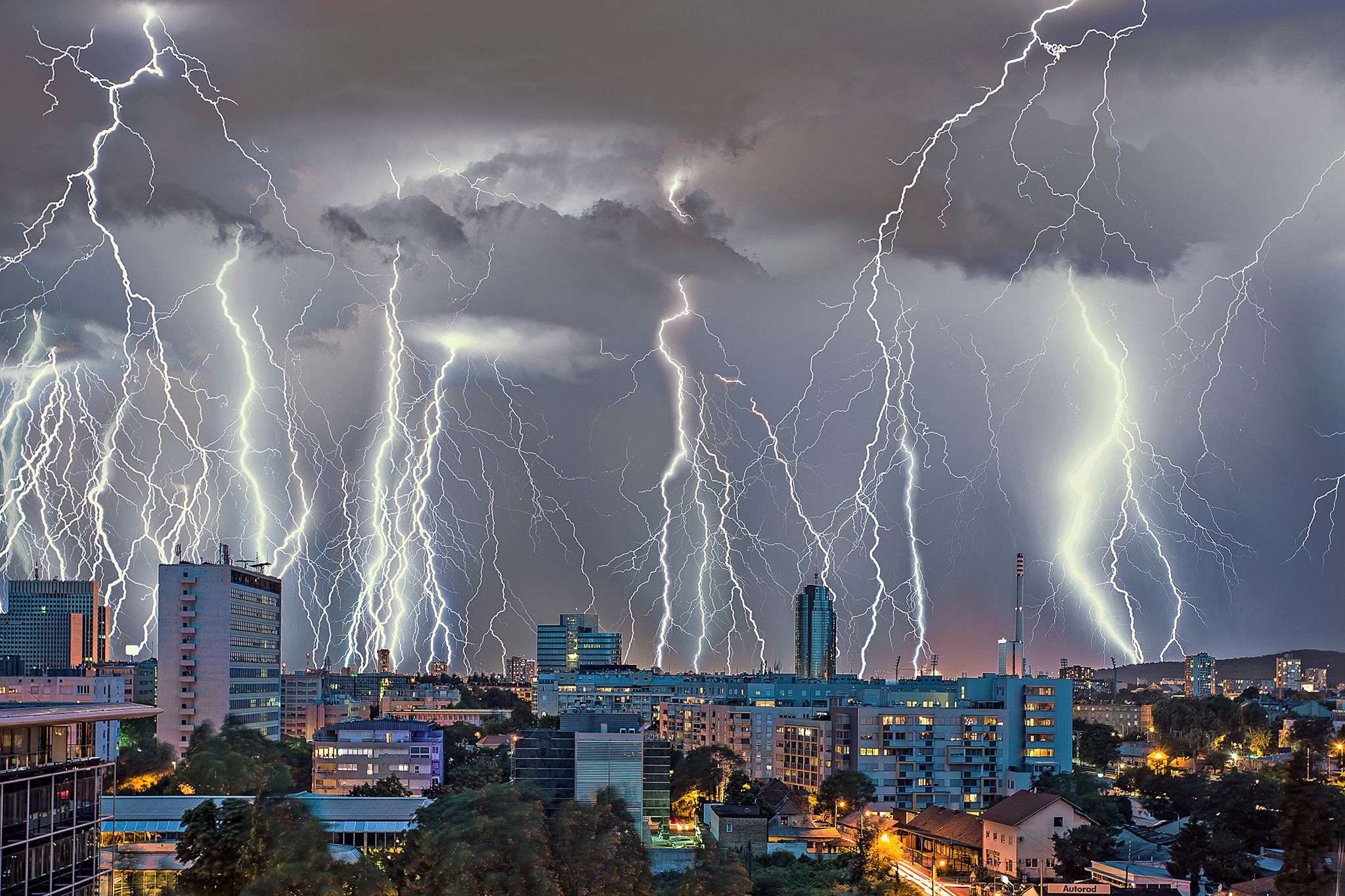 Photographer: Francesca Delbianco Photo taken: Zagreb
Photographer: Francesca Delbianco Photo taken: Zagreb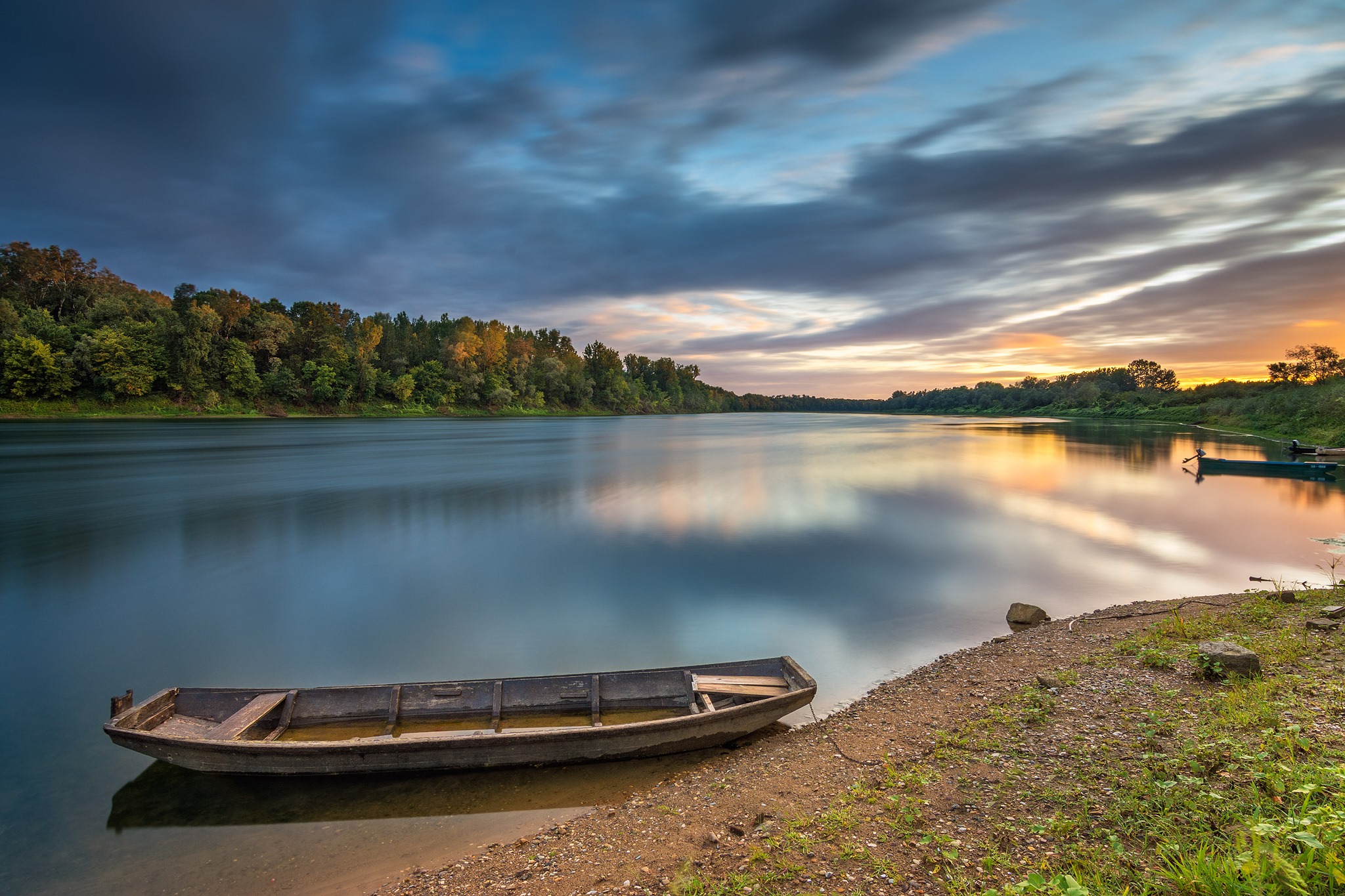 Photographer: Ivica Brlić Photo taken: Sava river, Davor, near Slavonski Brod
Photographer: Ivica Brlić Photo taken: Sava river, Davor, near Slavonski Brod Photographer: Nataša Šafar Photo taken: Rečica, near Karlovac
Photographer: Nataša Šafar Photo taken: Rečica, near Karlovac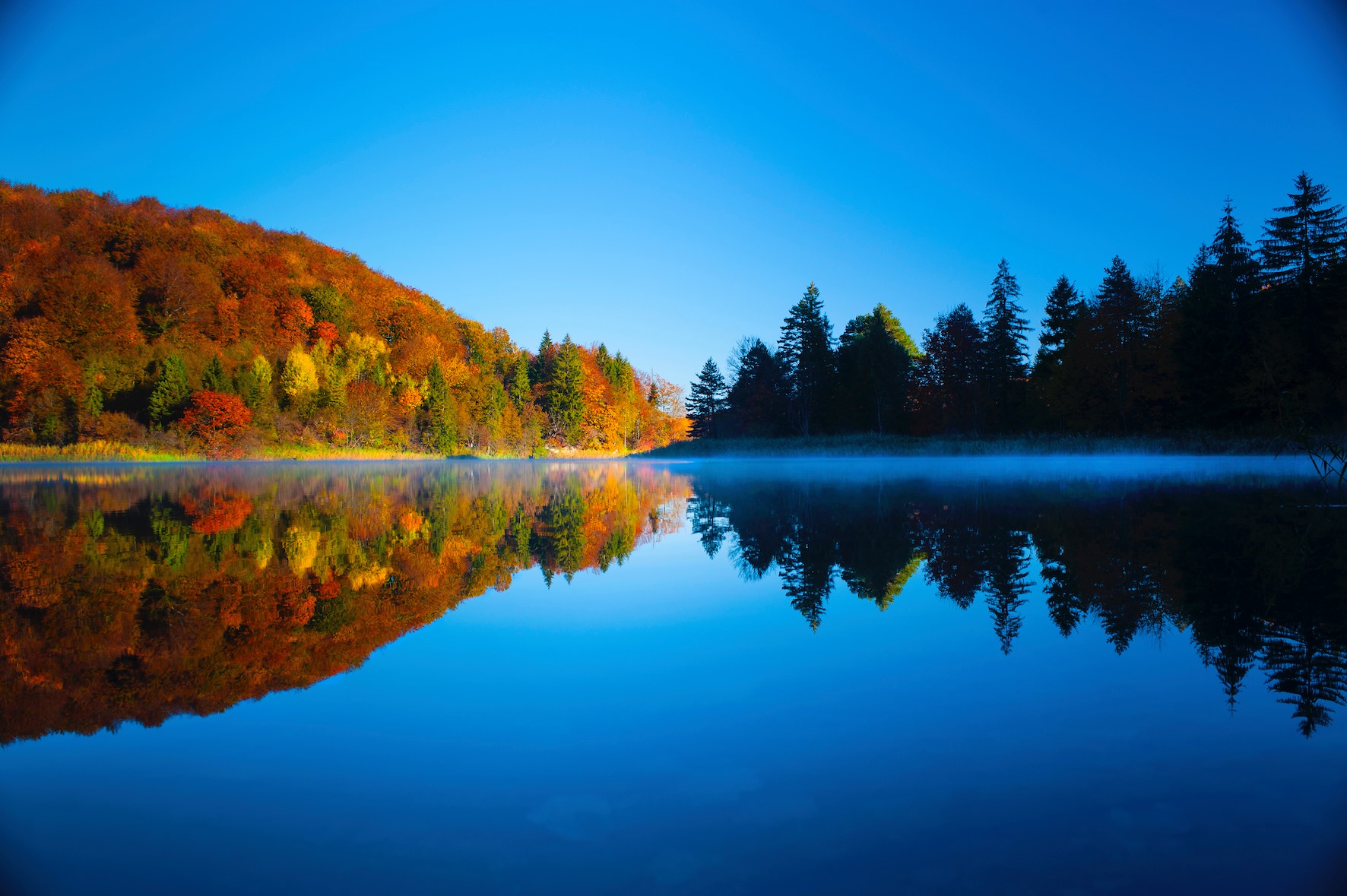 Photographer: Romeo Ibrišević Photo taken: Plitvice Lakes National Park
Photographer: Romeo Ibrišević Photo taken: Plitvice Lakes National Park
Over 1000 photographs from all over the world were entered in the 2020 competition. The submissions were narrowed down to a final selection of 70 contenders. As TCN reported back at the start of October, no less than 9 examples of Croatia weather photography made it into the final 70, taken by 7 Croatian photographers.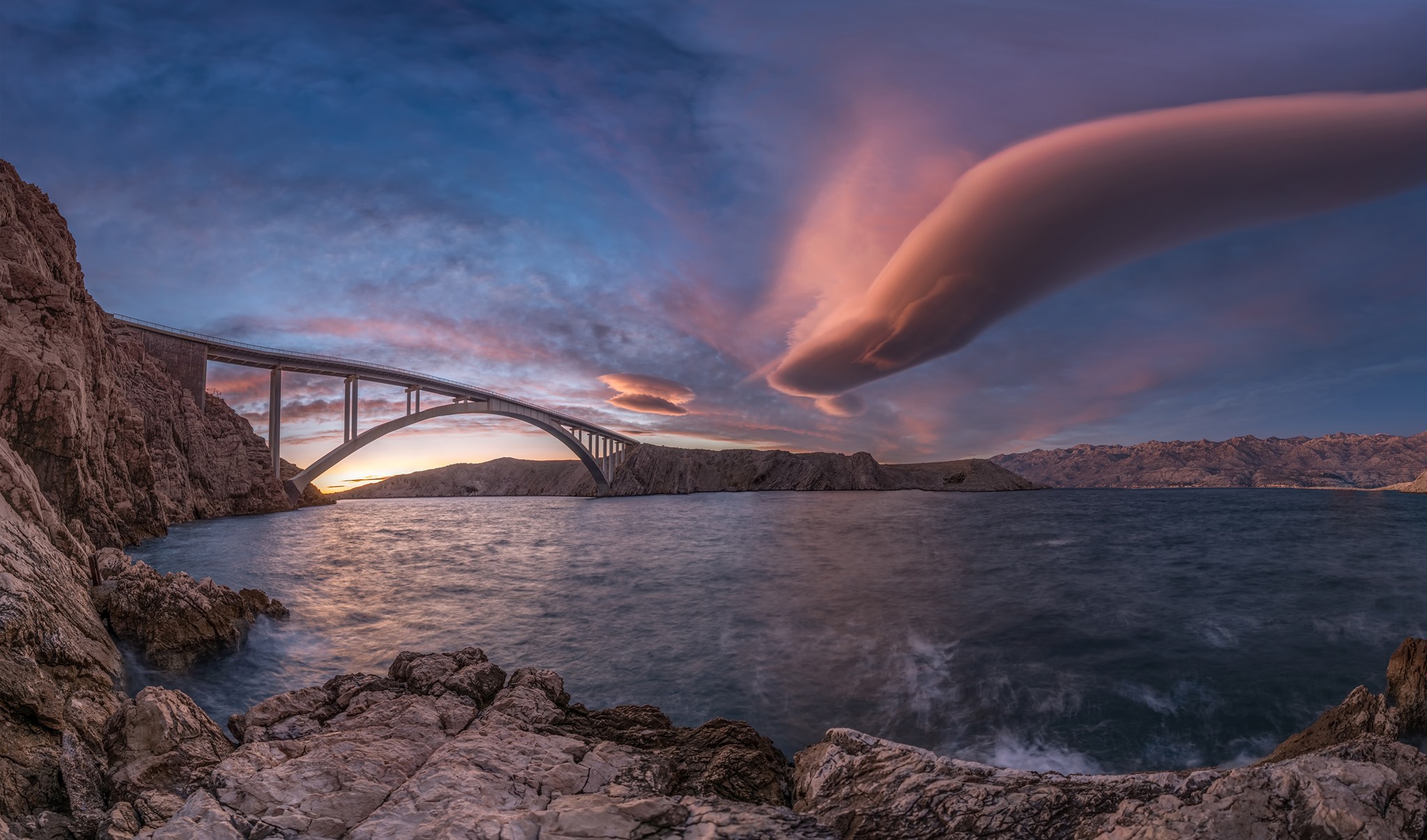 Photographer: Danijel Palčić Photo taken: Pag island
Photographer: Danijel Palčić Photo taken: Pag island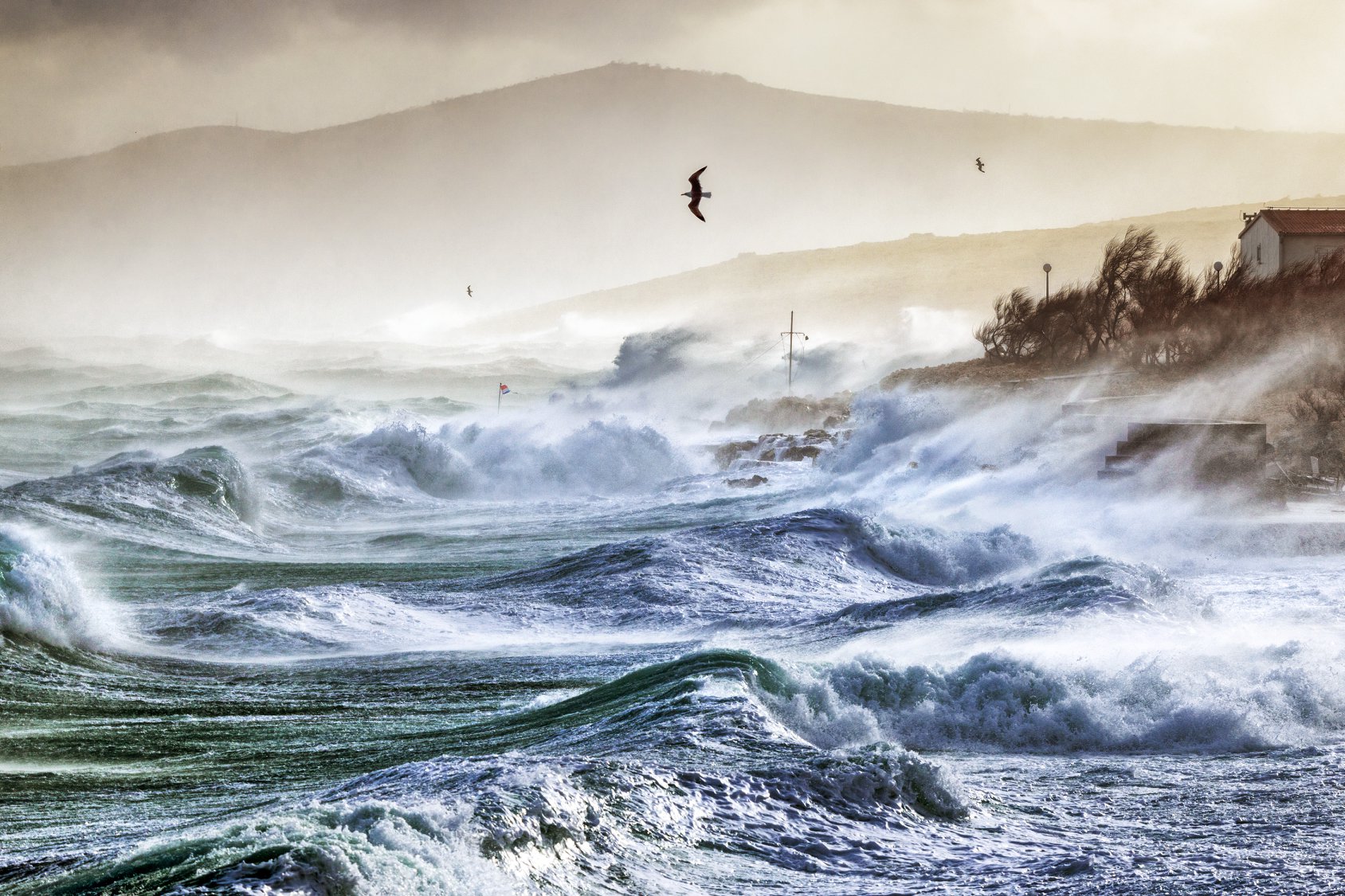 Photographer: Aleksandar Gospic Photo taken: Ražanac
Photographer: Aleksandar Gospic Photo taken: Ražanac
Croatia regularly punches well above its weight in the annual competition, as we can see from these 10 examples of incredible Croatia weather photography that were among the finalists in 2019.
All images courtesy World Meteorological Organisation


